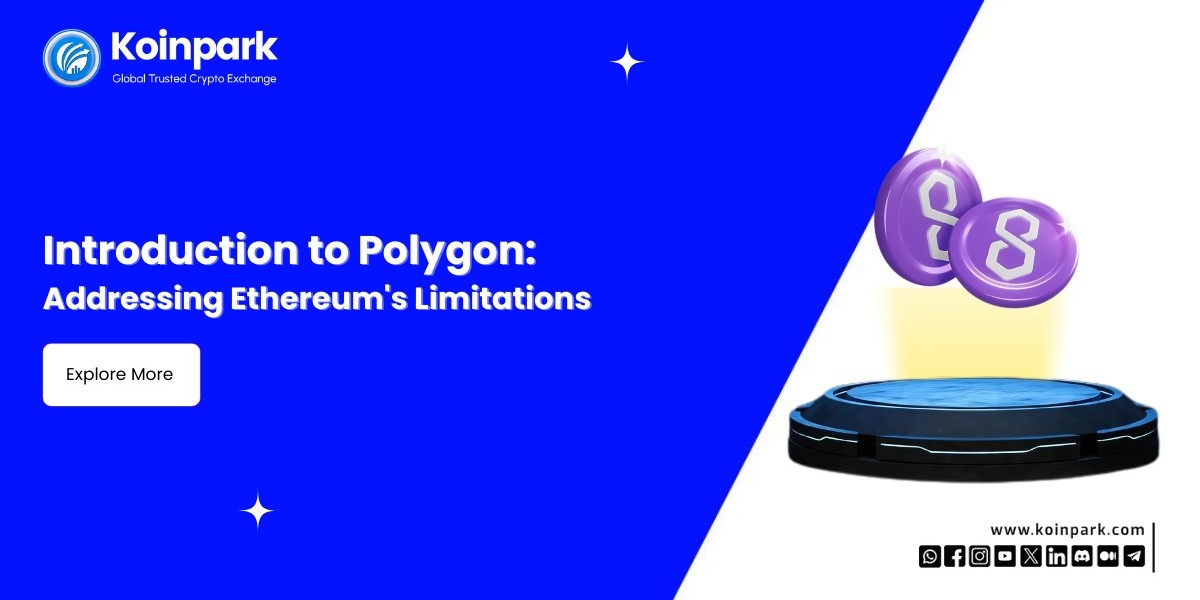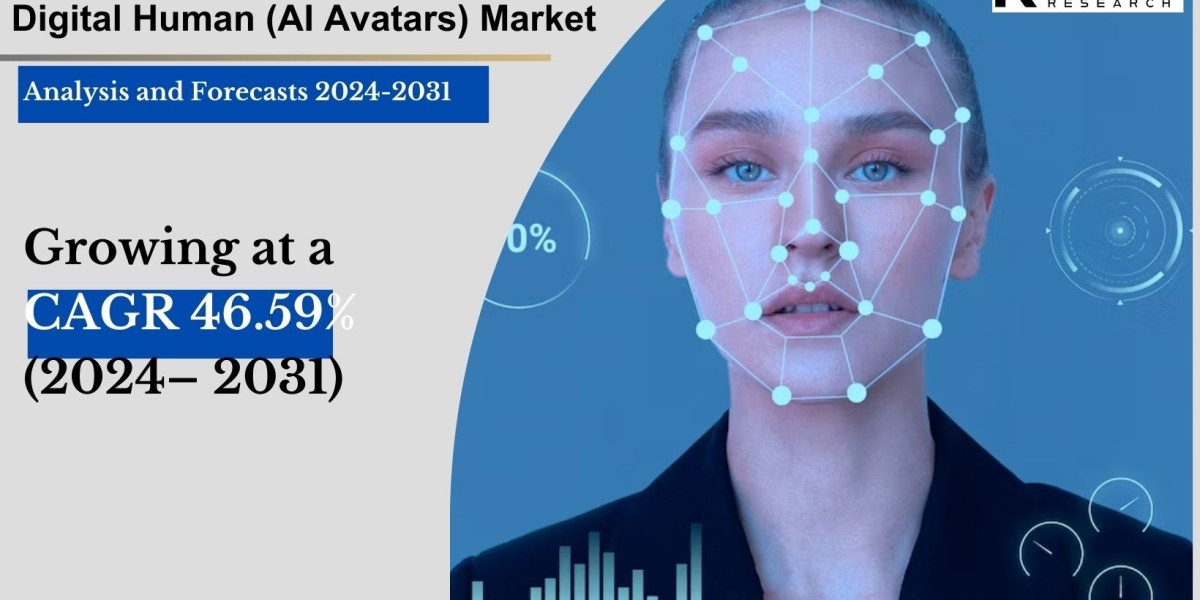Introduction
Ethereum’s Impact on Cryptocurrency
Over the years, Ethereum has brought significant advancements to the cryptocurrency space, including smart contracts and high-interest-paying decentralized applications (dApps).
However, it faces three major challenges that hinder its growth and usability.
The Three Big Challenges
Low Throughput Issue
Ethereum’s limited transaction processing capacity, capped at thirty transactions per second, poses a significant challenge. This processing speed is notably low considering the growing user base of Ethereum.
In comparison, alternative blockchains like Cardano process around 257 transactions per second, Polkadot up to 1000, and Solana an impressive 65,000 transactions per second.
User-Friendliness
Ethereum’s network can be complex for users due to the auction-like mechanism where users compete for limited transaction slots.
This leads to high transaction fees, making simple actions like sending a small amount costly, sometimes as high as $20 for a $1 transaction.
Limited Development Options
Ethereum’s single-chain structure limits developers’ options, as all projects share the network’s throughput limitations.
This means that projects on Ethereum face the same scalability issues without exceptions.
Introducing Polygon: Solving Ethereum’s Challenges
However, there’s a promising solution in the form of Polygon, a layer-two scaling platform built to address Ethereum’s challenges while leveraging its security features.
Let’s delve into what Polygon is, how it works, and the specifics of its native token, Matic coin.
“If you’re looking to buy Bitcoin in India, understanding the global cryptocurrency exchange landscape is crucial. “
“Coin listing on these exchanges is also important, as it determines the cryptocurrencies you can trade.”
Polygon’s Origins and Purpose
Polygon, originally known as Matic, was created in 2016 by three Indian developers to tackle Ethereum’s scalability and usability issues. While rebranded as Polygon, its native token remains the Matic coin.
Polygon functions as a layer-two scaling solution, enabling Ethereum-based applications to overcome scalability hurdles while maintaining Ethereum’s security standards.
Enhancing DeFi and Blockchain Interoperability
Polygon’s primary focus is to increase DeFi (Decentralized Finance) adoption and enhance blockchain interoperability by connecting various blockchains.
It hosts over 3000 decentralized applications, with prominent names migrating from Ethereum due to Polygon’s superior scalability and user experience.
“When considering where and how to buy Bitcoin in India, understanding the features of platforms in the global cryptocurrency exchange ecosystem becomes essential. “
“This includes evaluating BTC to INR conversion rates, transaction fees, and coin listing availability on these platforms.”
Understanding Polygon’s Inner Workings
Commit Chain and Transaction Processing
Polygon operates as a layer-two scaling solution, utilizing a commit chain that processes clusters of transactions before sending data back to the main Ethereum chain.
This approach significantly increases transaction throughput, potentially reaching millions of transactions per second in collaboration with Ethereum.
Polygon’s Architecture: Layers and Functionality
Ethereum Layer
This layer comprises Ethereum-based smart contracts responsible for staking, transaction approval, and interaction with Polygon chains, ensuring seamless integration with Ethereum.
Security Layer
Collaborating with Ethereum, this layer provides additional security through validator services, enhancing the overall security posture of Polygon chains.
Polygon Networks Layer
This layer encompasses the ecosystem of projects and blockchain networks developed on Polygon. Coin listing on these networks plays a vital role in the availability of cryptocurrencies for trading.
Execution Layer
Known as Polygon’s Ethereum Virtual Machine, this layer executes smart contracts on the Polygon blockchain. It’s crucial for developers and users navigating the Ethereum chain.
Tokenomics: Understanding Matic Coin
Polygon’s native token, Matic (now known as Polygon), plays a crucial role in the network’s ecosystem.
With a current market capitalization of around $13 billion, Matic tokens are used for staking, transaction fees, and governance within the Polygon network.
Investment Opportunities and Future Outlook
Polygon’s ecosystem offers lucrative investment opportunities, particularly in DeFi applications like Curve. finance and Aave, providing attractive yields to users.
As Polygon continues to evolve and implement scalability solutions, it aims to become a preferred platform for developers and users seeking cost-effective and scalable blockchain solutions.
Conclusion
Polygon addresses Ethereum’s key challenges — scalability, user-friendliness, and development limitations — by enhancing DeFi adoption and blockchain interoperability.
As more investors and users explore ways to diversify their portfolios and perhaps even buy BTC, they are also discovering the potential of advanced layer-two solutions like those offered by Polygon.
Utilizing its native token, Matic, Polygon is emerging as a vital platform in the evolution of blockchain technology.
Its continued growth and adoption position it as a significant player in the blockchain space, promising for both developers and investors.








